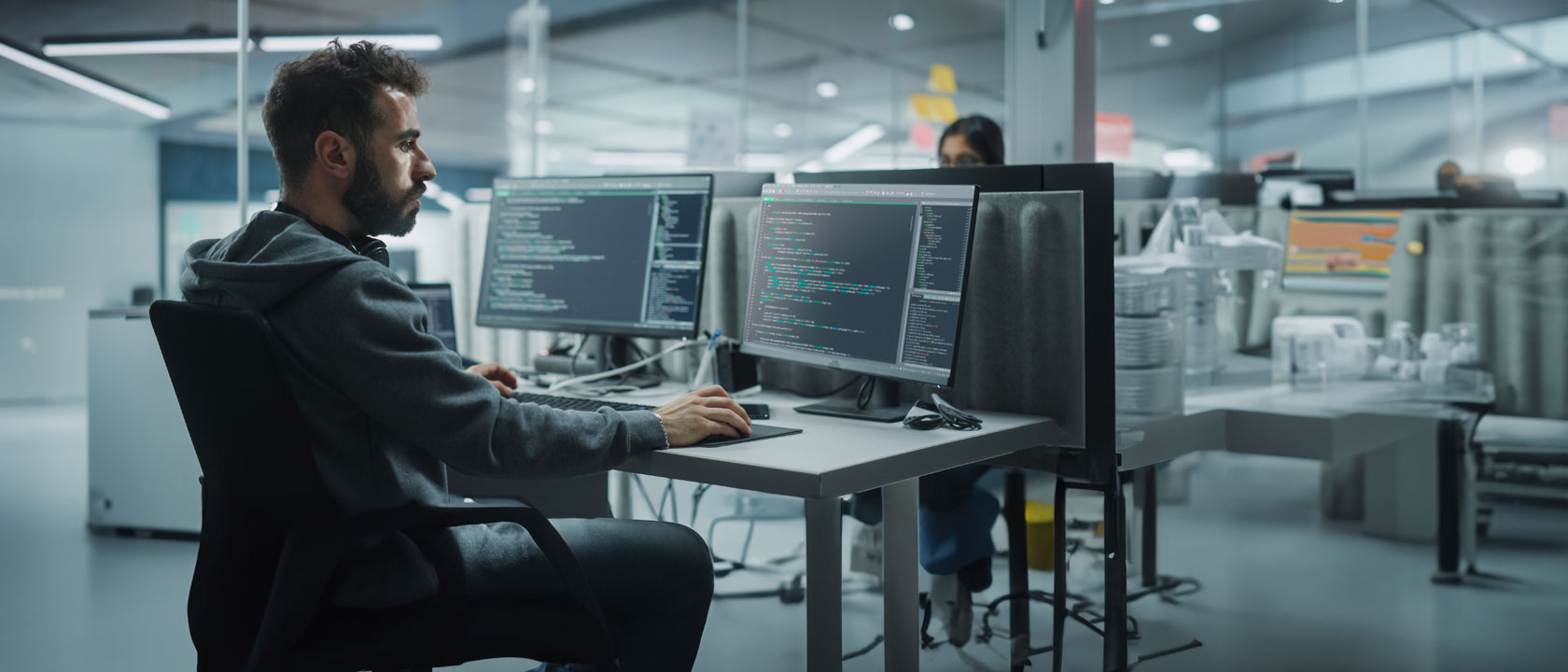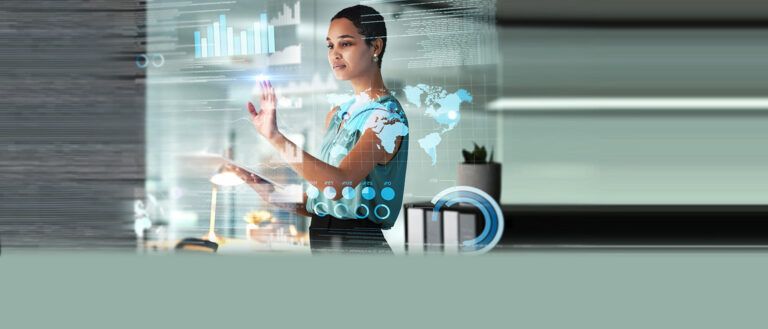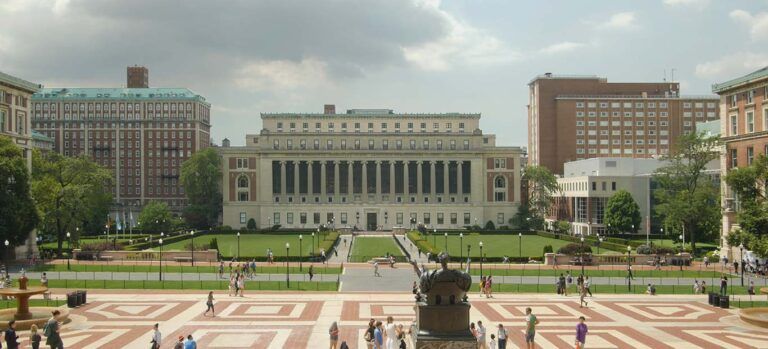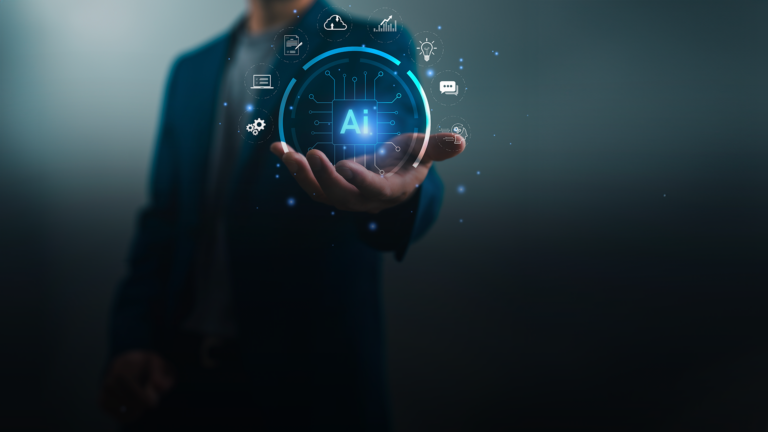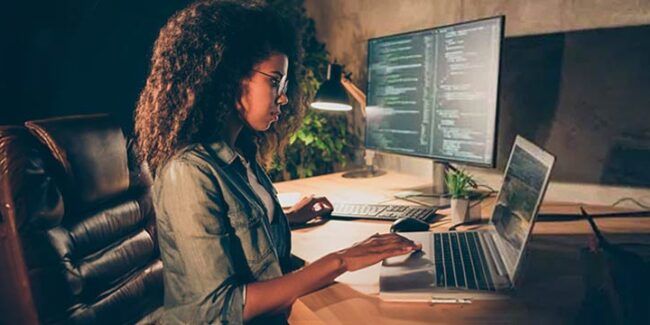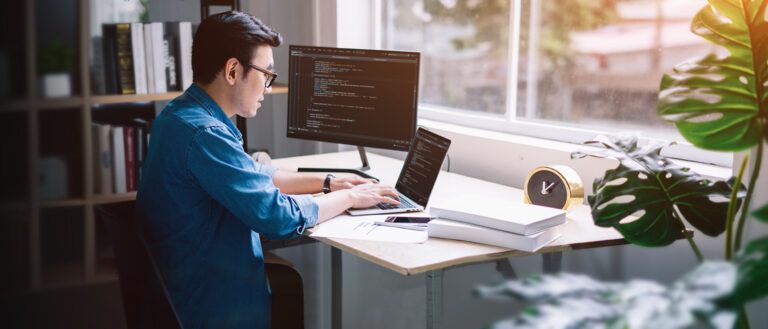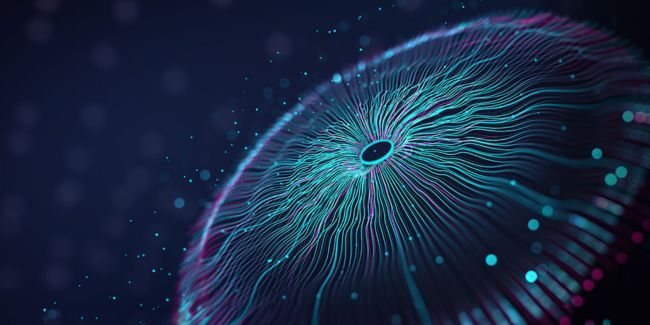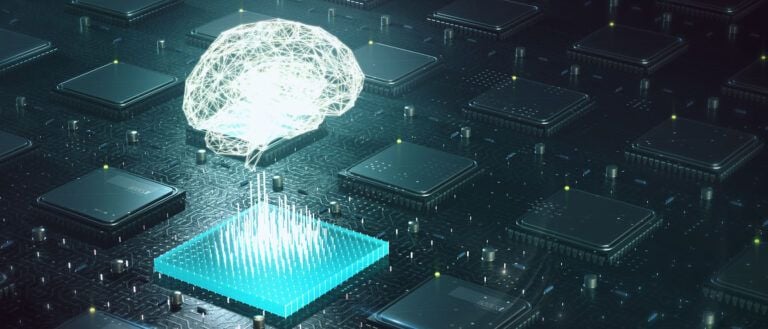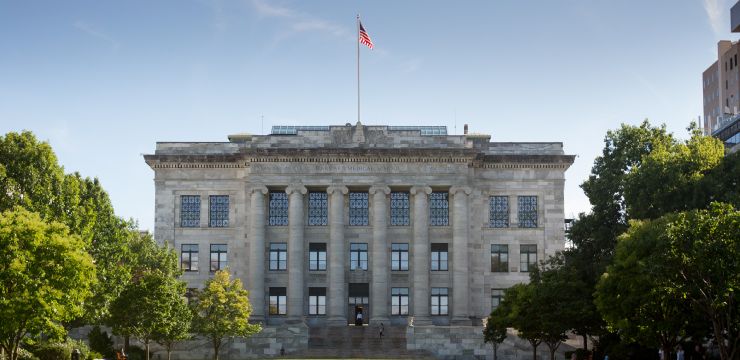The Scope of AI Art Engineering: How to Build a Successful Career in AI Art
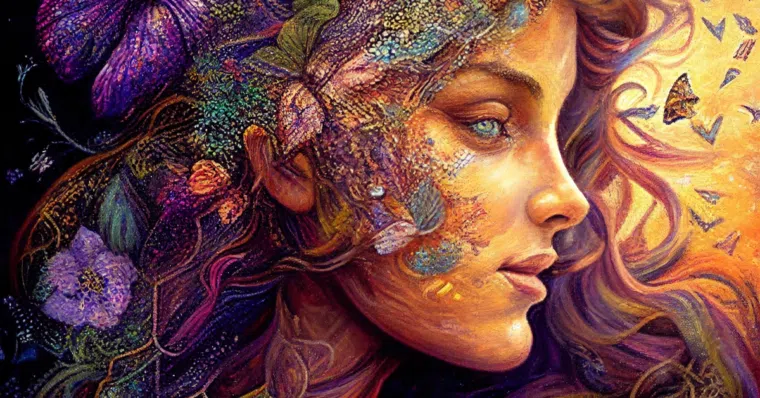
- What is AI Art and How is it Different From Traditional Art?
- What are the Techniques and Tools Used to Generate AI Art?
- What Skills and Qualifications are Required to Become an AI Art Engineer?
- What are the Challenges Faced in Creating AI-Generated Art?
- How Can Professionals From Non-Technical Backgrounds Transition Into AI Art Engineering Careers?
- Upskill With Emeritus and Boost Your AI Career
Van Gogh’s characteristic strokes, Gauguin’s symbolism, and da Vinci’s subjects—is it possible to combine the skills of the greatest painters known to humankind and produce a piece of exemplary art? Artificial Intelligence (AI) says you can. According to Gartner, 30% of outbound marketing from large brands will be from Generative AI by 2025.
In other words, the concept of art has taken a new lease of life since the inception of AI. Today, a collection of AI-generated art can be created in seconds by leveraging the correct AI tools. AI art uses prompts, software, and Machine Learning (ML) algorithms without human intervention. Therefore, AI engineers can build complex algorithms that easily generate the desired art.
In this blog, we will discuss how AI-generated art works and understand the career prospects for AI art engineers.
What is AI Art and How is it Different From Traditional Art?
 Imagine describing the vision for your artwork in a few words and seeing this vision displayed on screen in just a few clicks: This is essentially what AI art refers to. It is artwork generated by a computer using prompts and ML algorithms, specifically deep learning techniques. While traditional art and AI art are valuable forms of creativity, both have unique features.
Imagine describing the vision for your artwork in a few words and seeing this vision displayed on screen in just a few clicks: This is essentially what AI art refers to. It is artwork generated by a computer using prompts and ML algorithms, specifically deep learning techniques. While traditional art and AI art are valuable forms of creativity, both have unique features.
First, AI art results from human engineering, whereas traditional art requires human skill. Second, AI-generated art creates unique work quickly and efficiently. On the other hand, classic art demands patience and hard work and is more time-consuming. Lastly, users have more control over classic art, from initial sketches to final touches. On the other hand, users input prompts in AI art, but ultimately, the machine decides the outcome.
ALSO READ: What are the Top 8 AI Trends of 2023? A Beginners Guide
What are the Techniques and Tools Used to Generate AI Art?
Generally, you do not necessarily have to be a professional artist to generate AI art. The quality of prompts and the complex pipelines that power AI are responsible for creating innovative, visually engaging AI art. Today, text-to-image AI models are among the most popular and easy-to-use processes for generating AI art. That apart, here are a few other AI art generation techniques to choose from:
-
AI Art Generator
Applying the text-to-image model, AI art generators have been leading the path to revolutionizing digital art worldwide. They use compelling text descriptions that act as the input based on which the artwork is generated. Subsequently, these platforms use ML algorithms and deep neural networks to create refined art per the user’s vision.
-
Modifying Existing Art
For AI-generated art, the algorithm utilizes existing art to find patterns and create new art. For example, a style transfer algorithm can help transfer image styles to create a similar piece. Similarly, an image filtering algorithm can create new versions of the existing image.
-
Collaborating With AI Systems
This process involves using AI systems to create a collection of potential designs and elements. Users can then scout through options and utilize the ones they find most interesting as part of their artwork.
-
Integrating AI With the Creation Process
AI enhances the creative process while generating new art. Moreover, with the right input parameters, AI algorithms can suggest effective color palettes, compositions, and sketches. As a result, this puts an interesting spin on art generation and helps create innovative artwork.
In recent times, there has been a significant surge in the popularity of AI-powered art generators and tools. Moreover, anyone can produce stunning AI images by simply fine-tuning their prompts. In fact, DALL-E 2, Midjourney, OpenArt, Nightcafe, and JasperArt are some of the most potent AI art generators currently topping the charts. Other tools and techniques enabling AI-generated art include Generative Adversarial Networks (GAN), computer-aided drawing tools, image classification systems, and art chatbots.
What Skills and Qualifications are Required to Become an AI Art Engineer?
The AI art industry holds many new opportunities for those exploring career options in this evolving market. AI art engineers are responsible for developing and programming complex networks of algorithms based on prompts. Therefore, large sets of existing art are used to train these complex algorithms and find patterns to generate new artwork. AI art is engineer-generated art; skilled AI art engineers implement highly sophisticated mathematical concepts to create incredible imagery.
If you’re looking to become an AI art engineer, here are the qualifications and skills you need:
- A bachelor’s degree in computer science, statistics, information technology, data science or any other related field. Besides, a strong understanding of visual design, art and photography is also a must
- Proficiency in ML concepts and popular frameworks like PyTorch and TensorFlow
- Familiarity with data visualization tools like Matplotlib
- A solid understanding of Natural Language Processing (NLP) concepts
- Strong programming skills and knowledge of JavaScript, C++, and Python are also key for implementing art projects successfully
Some essential skills required in this domain are:
- Critical thinking and analysis
- Prompt engineering
- Technology designs and programming
- Problem-solving and ideation
- Communication and collaboration
What are the Challenges Faced in Creating AI-Generated Art?
Every new technology comes with its drawbacks, and AI art is no exception. Aspiring AI art professionals need to learn about these concerns and use this technology best. Here are four main challenges that AI art engineers face:
- Homogenization of art
- Data security and privacy
- Ethical and responsibility issues
- Limited access to technology
ALSO READ: Artificial Intelligence vs Machine Learning: 5 Vital Points to Know
How Can Professionals From Non-Technical Backgrounds Transition Into AI Art Engineering Careers?
The emergence of AI technology has many professionals from non-technical fields interested in exploring careers in AI. However, if you lack a technical degree but are looking to jumpstart a career in AI art engineering, here’s what you need:
- Get the theory right by familiarizing yourself with key AI and ML concepts. Take help from certified AI online courses or professional programs in AI art
- Keep yourself updated on the latest trends in the field. This will help you get a closer look at prospects in the field
- Hands-on experience as part of start-up projects can be a great way to kickstart a successful career in AI art engineering
ALSO READ: How the Rise of Artificial Intelligence Could Impact Job Trends
Upskill With Emeritus and Boost Your AI Career
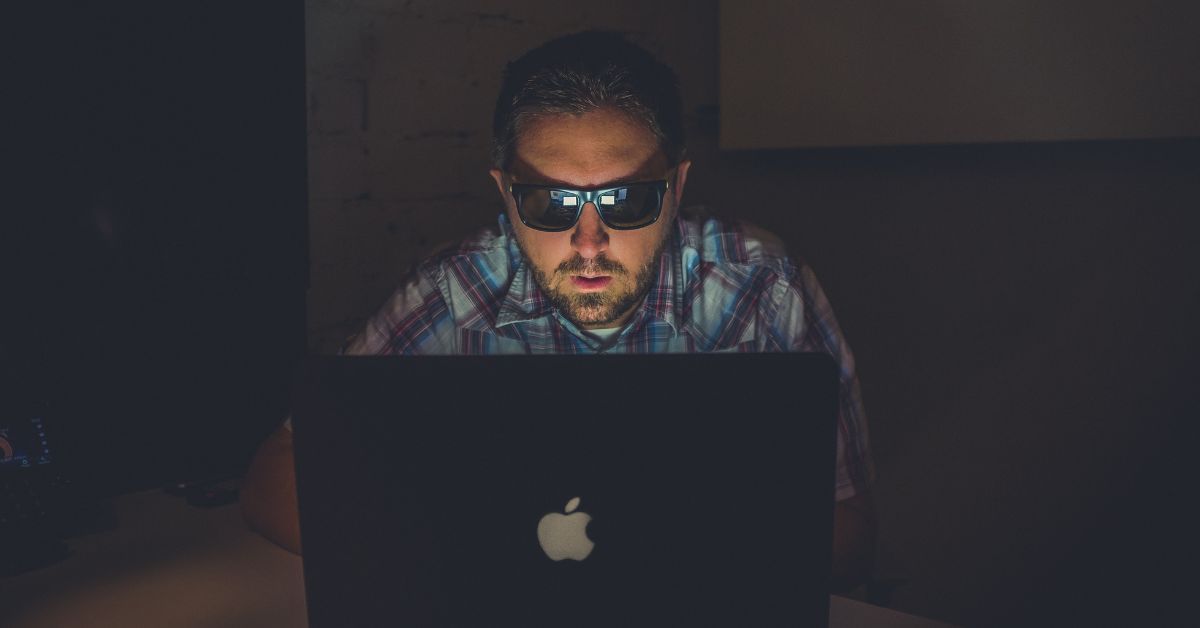 The world of AI art is a rewarding career path that offers many exciting career opportunities. What’s more, it’s specifically great for those professionals who want to tap into the intersection of art, technology, and design. So, if you plan to make a career switch, ensure a smooth career transition into the dynamic field of AI with an online AI and ML course offered by Emeritus. Learn from domain experts across prestigious global institutes and accelerate your career in the rapidly evolving field of AI art.
The world of AI art is a rewarding career path that offers many exciting career opportunities. What’s more, it’s specifically great for those professionals who want to tap into the intersection of art, technology, and design. So, if you plan to make a career switch, ensure a smooth career transition into the dynamic field of AI with an online AI and ML course offered by Emeritus. Learn from domain experts across prestigious global institutes and accelerate your career in the rapidly evolving field of AI art.
To conclude, AI-generated art is used to enhance human creativity. Additionally, the scope for AI art and artists will expand as technology continues to evolve. Moreover, this continued growth and innovation will create more diverse job opportunities for AI enthusiasts and professionals.
Write to us at content@emeritus.org



